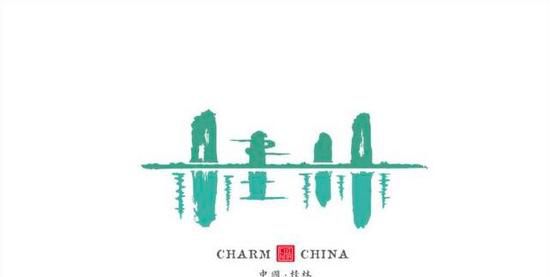美元的符号$的来历
|
大家都知道,$表示美元。那么它是怎样来的呢?一种说法是,它是PS叠合写法的演变。PS是19至19世纪期间美国的一种圆形硬币比索(Pesos)的缩写,这种硬币在1974年美国正式建立造币厂以前一直在全国通用。后来美国政府认可了$这个符号作为新货币的一个单位,即一美元。在书写时,$要摆在数字前面。如1美元应写成$1,50美元写成$50。而这种写法的背后还有一个小故事。 It is only appropriate that an Irish immigrant to the United States be the one credited with originating the dollar sign. Oliver Pollock sailed the high seas at the age of twenty-three, and settled in Carlisle, Pennsylvania. This young entrepreneur rapidly established himself as a wealthy and influential West Indies trader. Pollock moved his operation to Louisiana, where he amassed even more wealth as a trader, and as a plantation owner. His success enabled him to provide supplies to the Patriots' cause in the Revolutionary War, and to maintain close contact and a degree of influence with Congress. Pollock's success allowed him easily to purchase military supplies to support "the cause," as the Spanish Empire had an outpost in New Orleans, Louisiana. In his dealings with the Spaniards, Pollock used their currency, the peso. In true Spanish tradition, Pollock used an abbreviation for pesos, yet his penmanship made the abbreviation appear to be the transposition of the letters "p" and "s." Prior to 1775, the fledgling nations monetary system was in disarray, and needed to be revamped. By 1775, Congress decided to rectify the situation by backing all of its legal tender with the most commonly circulated coins that were, coincidentally, Spanish coins minted in the New World. Americans then began trading with "Spanish milled dollars," later termed "dollars," as Americans shed the "pounds" that were the vestiges of British rule. Congressman Robert Morris, to whom Pollock addressed his billing records, perpetuated the use of the dollar sign, and was the first high government official to give his blessing to the "s" with the two lines through it. The appearance of the dollar sign in print, in a 1797 book by Chauncey Lee, signified the acceptance of the dollar as a purely American symbol. |








